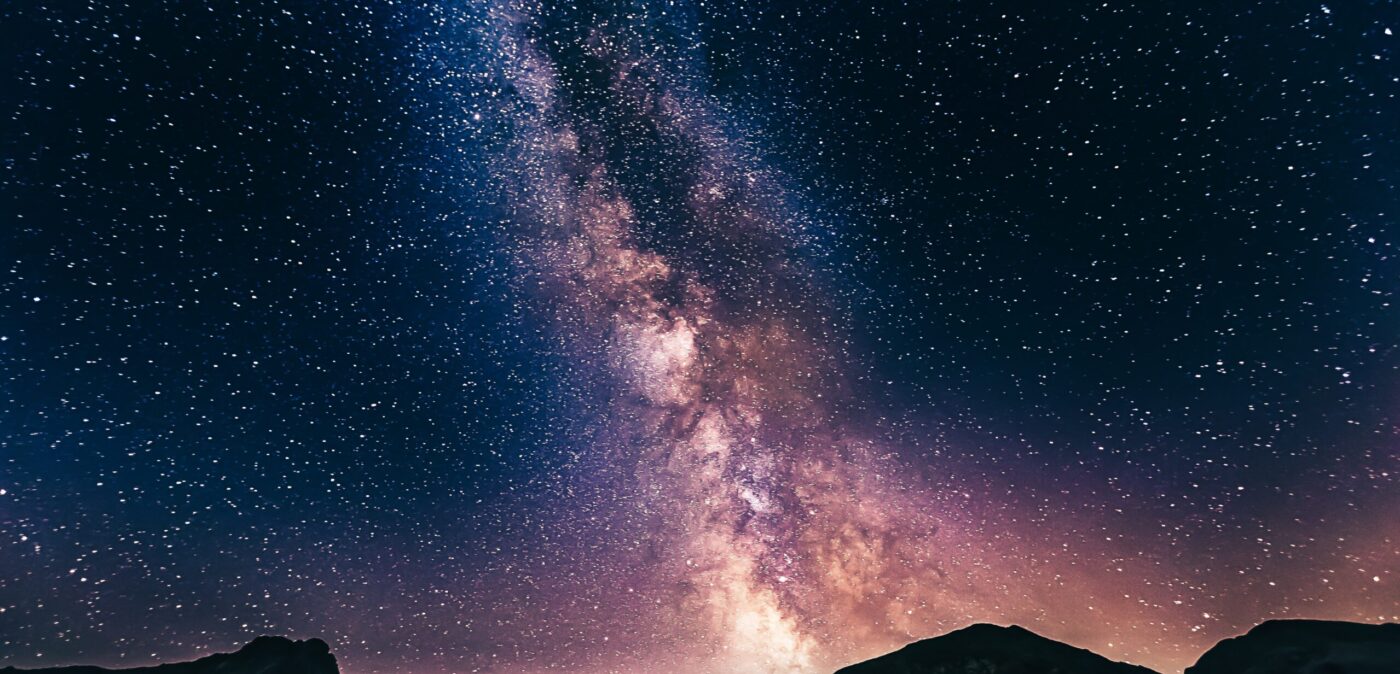
Wonders Above Us
The only thing most of us have seen our whole lives is the surface of the planet. The only glimpse we get of the larger universe around us appears in the form of stars that glitter in the night sky. Yet often times, even they are overshadowed by the harsh lights of cities. Many people never get the joy of looking at the cosmos, as the only thing we’ve learned to look at is the ground beneath our feet. But when you tilt your head up, and the stars are reflected in your eyes, then you start to understand just how small and insignificant we are in a world so large that we cannot even comprehend it.
If you become one of the lucky few who gets to see the night sky in all its glory, then you will see something like the image above. Stars scattered across the sky, all blinking and shimmering, each holding planets and moons and asteroids in a dance. But across the center, there will always be a band of stars that are clumped together in a line. In this regions, the stars seem so close that they could touch, but in reality, they are separated by hundreds of light years. This band of stars is an arm of our galaxy, the Milky Way.
The Milky Way is an average sized spiral galaxy that is home to an estimated 100 billion stars. Each of those stars are likely to have more than one planet orbiting it, and each planet could have numerous moons. That amounts to an unfathomable amount of celestial objects in our galaxy alone. And there are around 100 billion galaxies total that we’ve seen. If there’s anything scientists have learned about our cosmos, its that we can’t even see a small fraction of what’s out there. So it’s very possible that there are billions of more galaxies just beyond our sight, each holding billions of stars, planets, moons, and asteroids. And that’s just to give you a look at how large the observable universe is. Our universe is enormous, and we are just a small speck in an ocean.
Not much is known about the center of our galaxy. This region is packed with stars, which makes it hard for our telescopes to get clear images. However, it is believed that a supermassive black hole sits at the center of all galaxies. There is one in the center of our galaxy and almost every other galaxy we’ve seen the center of. This black hole is what everything in the galaxy revolves around. Just as Earth orbits the sun, our sun orbits the center of our galaxy. Every 250 million years, it completes one rotation.
Galaxies are separated by millions of light years, but collisions do happen every once in a while. Simulations show that in around 4.5 billion years, our galaxy is destined to collide with our closest galactic neighbor, the Andromeda galaxy. This would result in a merge of the two spiral galaxies. However, there will be limited damage done to our solar system. This is because inside galaxies, the stars and celestial objects are spread out with many lightyears separating them. Take our galaxy for example. The distance from our sun to the next nearest one (Proxima Centauri) is a little more than 4 light years. Most other stars are even farther apart, so the chances that any major star collisions will happen are actually quite small. When this collision occurs, our solar system may be pushed around a little, but all things considered, it will remain intact.
Our universe is a beautiful place, filled with wonders that we are still discovering. Its colossal size feeds our imagination, and it’s galaxies hold locked away secrets that are hidden among the stars. Every day, we learn more about our place in the cosmos, and the future of astronomy promises discoveries that are nothing less that awe inspiring.
Resources:
NASA






Tagged #cassini, #clouds, #hexagonalstorm, #magneticfield, #saturn